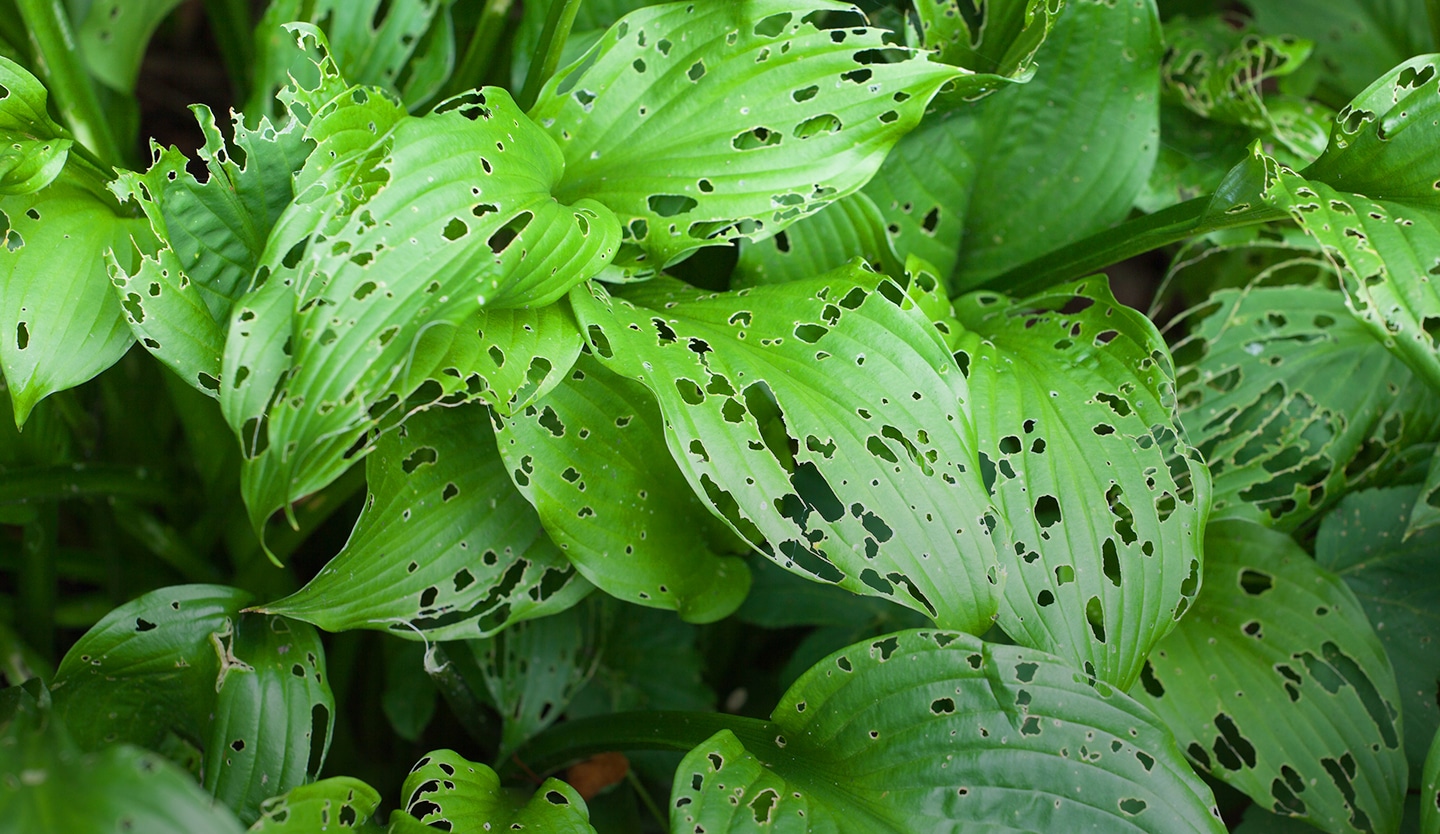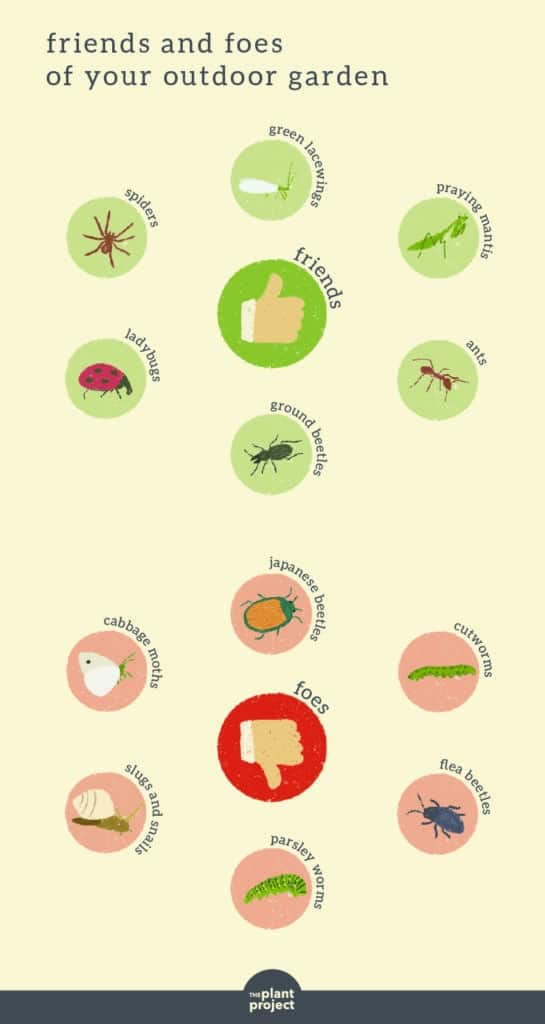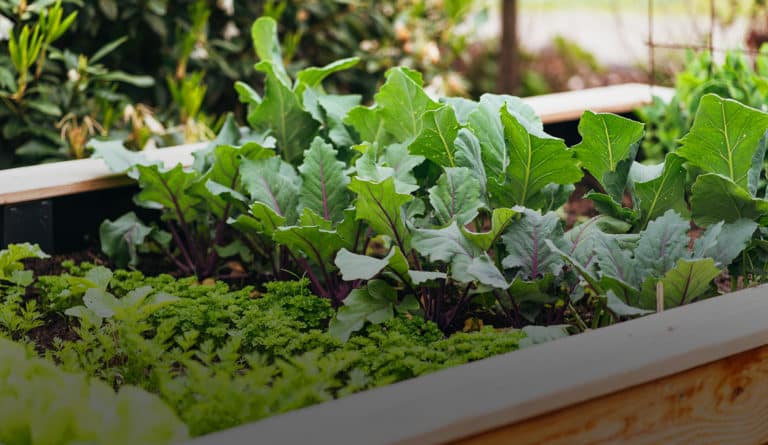
Frustrated by finding pests in the garden? Don’t waste time and money treating pests. Instead, follow our guide for preventing pests from becoming a problem in the first place. Test

1
healthy start. healthy soil
Healthy soil makes healthy plants with strong immune systems, which are better able to fight off diseases and pests. Natural fertilizers help build healthy soil and it will be harder for pests to invade.
2
pest resistant
This is an easy tip for preventing garden pests: Choose plants that are naturally resistant to pests. Check seed catalogs, they list varieties that are known to be an enemy to pests. Plants like, tromboncino squash appear to be more resistant to pests than other summer squash varieties.
3
the right place at the right time
Reserve plants that need full sun for full sun areas. Likewise, plant your crops according to how much water they need. If a crop requires more water to stay healthy, grow it in an area that stays moist longer. Crops may tolerate less than ideal conditions for a time, eventually the conditions will weaken them and they can be vulnerable to pests. Where you choose to plant is an easy step toward a healthy pest free garden.
4
the laws of attraction
There are garden friendly insects that can prey on pests, they will naturally come to your garden in search of nectar, pollen, and shelter. You can make these insects your gardens BFF by encouraging them to hang around by growing flowers that meet these needs.
For example, some of our favourite annuals are: calendula, coriander, and sweet alyssum. Provide these garden friendly insects with habitat and they will lay their eggs nearby to grow an army. Beneficial insect patrols your garden and are key in preventing pests.
5
repel with smell
The strong scent of some herbs can deter pests when planted around vegetables. This is a super-easy way to help efforts in preventing garden pests.
Some of our favorite strong-scented annuals include calendula, coriander, and garlic. Plant strong-scented, perennial herbs at the edge. Anise hyssop, chives, and thyme are also scented favorites.
6
rotate round and round
Switching around your crops confuses pests, reduces their numbers in specific areas, and helps you manage soil health. The best system is to leave two to three years between planting members of the same crop family in any one area. This can be challenging in a small or shady garden where you don’t have a lot of options. If you have a crop that is overcome by a pest, avoid planting it in that spot for at least two years. Another route is to plant a cover crop to allow that area to rest for a season. These steps take a little planning and effort in preventing garden pests, but your patience will pay off.
7
interplant that plant
Interplanting means you alternate specific crops, herbs, and flowers to keep pests confused and out of your garden. Pests love monocrops, that’s why industrial farms are often heavily sprayed with pesticides. Instead of monocrops, mix rows of vegetables with rows of good-for-the-garden insect-attracting and pest-repelling herbs and flowers. Confusing pests is a sneaky way to prevent them from finding your crops. A great combination is to alternate rows of cabbage family crops with cilantro, calendula, and onions.
8
float that row
Light summer row cover allows water and light to penetrate while keeping pests out. Young plants need the most coverage until they are established. To secure the cover weigh down the sides with heavy objects like bricks or rocks. If a pest is particularly pesky on a certain crop, is a recurring problem for you—and you’ve followed the other tips in this article to the letter—you might consider using permanent low tunnel hoops for the problem crop. A good practice is to lift the cover for a few hours each morning to let pollinators in.
9
walk this way
Permanent pathways invite beneficial insects while temporary pathways that are tilled each year destroy them and their habitat. Choose a pathway material that complements your specific situation. White clover, wood chips, or gravel are favorites. Permanent pathways allow you to have established beds where you can continue to build fertility year after year. Better fertility can prevent your garden from ‘catching a bug’.
10
don’t bug all the bugs
Believe it or not having a few pests can be a good thing. It may seem counterproductive, but without a few pests as “baits”, the beneficial insects that have them for dinner wouldn’t have anything to snack on. Beneficial insects will inhabit gardens that have their favorite foods.






